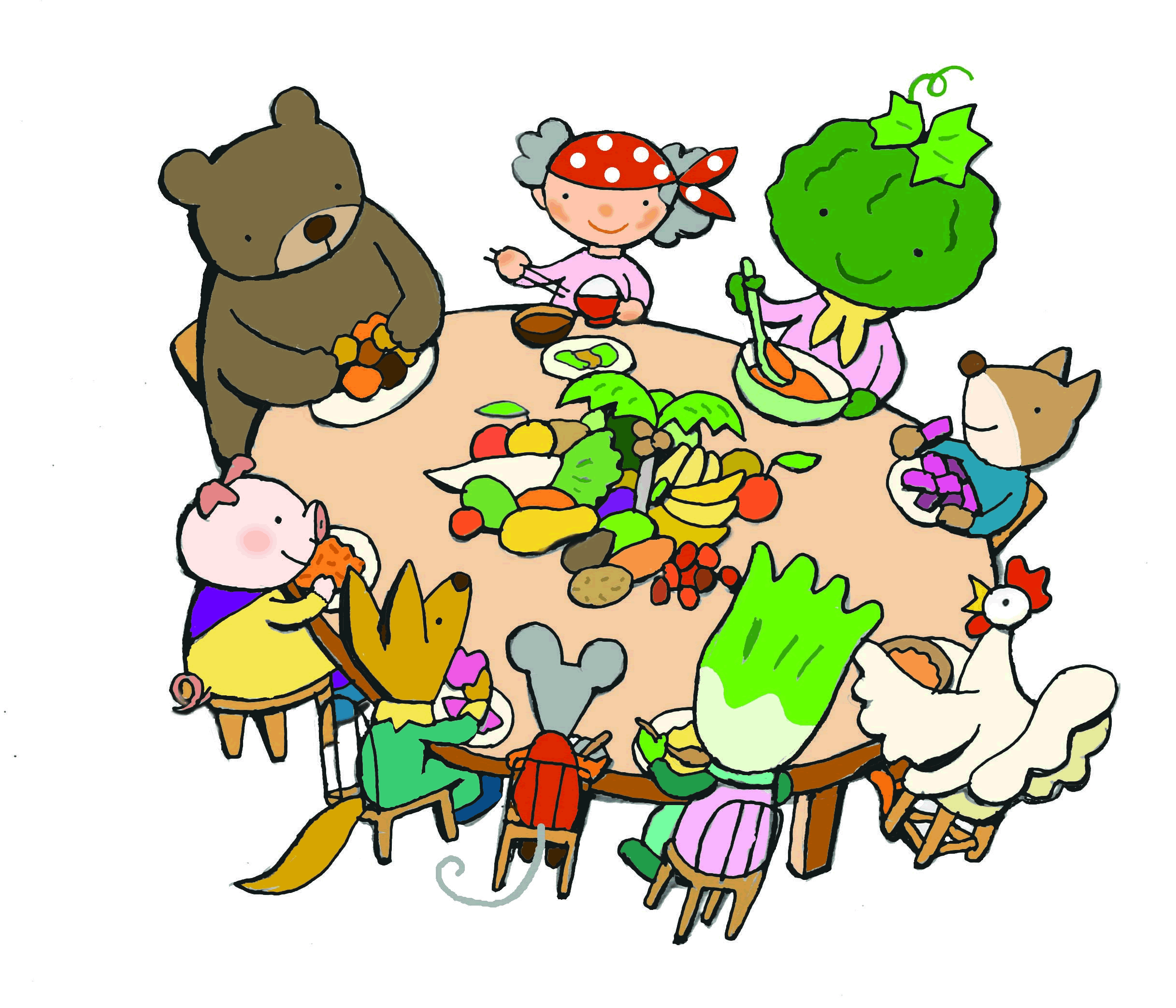What can we learn from the recent food safety related incidents? Recently we had several fraudulent labeling scandals and this year, the Chinese gyoza problem etc. There are a number of answers. The food companies appear to lack awareness of compliance with regulations, while Japan has a weak inspection system for the increasing amount of imports. The fundamental problems are how we eat, as well as the promotion of bad eating patterns in society.We consider it to be an abnormal situation that 60 percent of the food on our tables are imported. As people have come to view convenience and low prices as a good thing, they are in fact supporting the downfall of domestic agriculture here in Japan. Global warming is also closely linked to this problem. Longer transportation will contribute more to climate change, if food is produced far from consumers. Thus, the “food mileage” index has been introduced as a way to emphasize and express these issues.
“Food mileage” is a quantitative index that can give hints about the food supply structure, based on transportation. Transportation distance data is not included when expressing a country’s food self-sufficiency ratio. The self-sufficiency ratio shows the dependency on imports, which is only a part of the actual situation. According to Tetsuya Nakata, Kyushu Regional Agricultural Administration Office:
In 2001, Japan’s total volume of food imports was 58 million tons and its food mileage was 900 billion ton-km, the latter being almost 1.6 times the total domestic freightage. International comparisons show that this figure is high. The food mileage of South Korea and the United States are around 30 to 40% of Japan’s, the United Kingdom and Germany about 20% and France around 10%. The per capita figure of Japan is also high.Japan’s remarkably high food mileage is largely due to particular commodities such as grains and distant export countries such as the United States, and incurs environmental concerns. Japan’s huge volume of food imports accompanied by long-distance transportation may be damaging the global environment through the increase of carbon dioxide emissions.1)
It is clear that Japan’s food mileage is by far the largest, with an average transportation of 15,000 km, which is equivalent to the distance between Tokyo and Cape Town in South Africa. This is a figure that really forces us to think about our current situation.In the last few years, China has become Japan’s largest food trading partner, overtaking the United States. The distance of importing food has thus been getting shorter. Japan still imports a large amount of feed grains and food oil crops from the United States, Canada and Australia for its animal feed and food oil. Looking at these crops imported from United States only, these crops account for 60% of Japan’s total food mileage. Such crops are also increasingly used as biofuels, and the prices have been pushed higher due to rivalry on the global commodity markets. Furthermore, these crops are increasingly genetically modified.
From this it becomes clear that the Japanese government’s agricultural policy ignores the environmental effects, while in effect renouncing food security in its efforts to ensure a certain amount of domestic production. Also, the large food companies have been increasing the amount of imported food at low prices, with consumers accepting eating habits based on low-priced imported foods. Food education campaigns are ongoing, but we would like to propose an approach to the current food problem based on the “food mileage” perspective.
1) A Study on the Volume and Transportation Distance as to Food Imports (”Food Mileage”) and its Influence on the Environment, by Tetsuya NAKATA, Journal of Agricultural Policy Research, No.5, pp.45-59.
http://www.primaff.affrc.go.jp/english/publications/seisaku/5/5-2.pdf
By Miyake Seiko, Food Safety Citizens’ Watch
(END)

